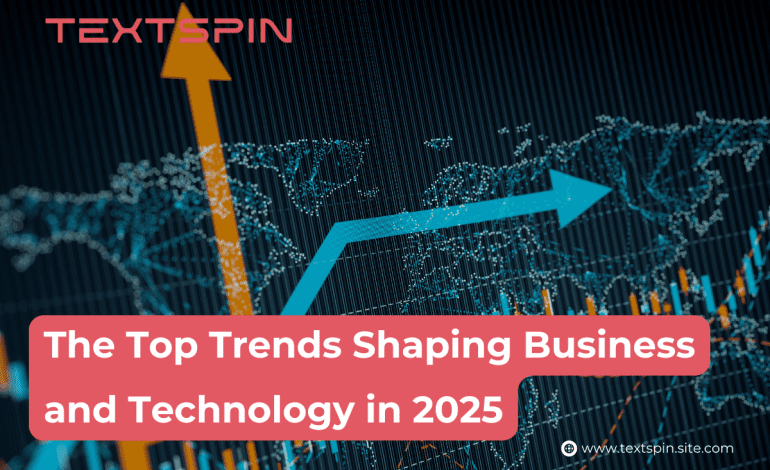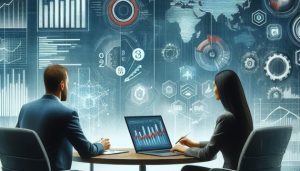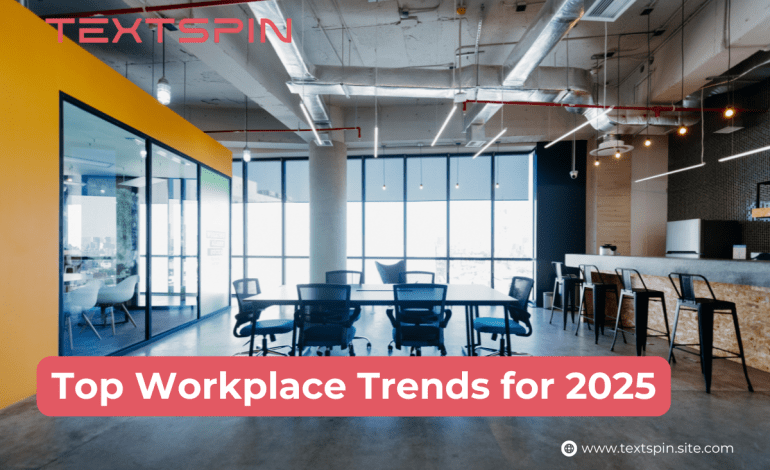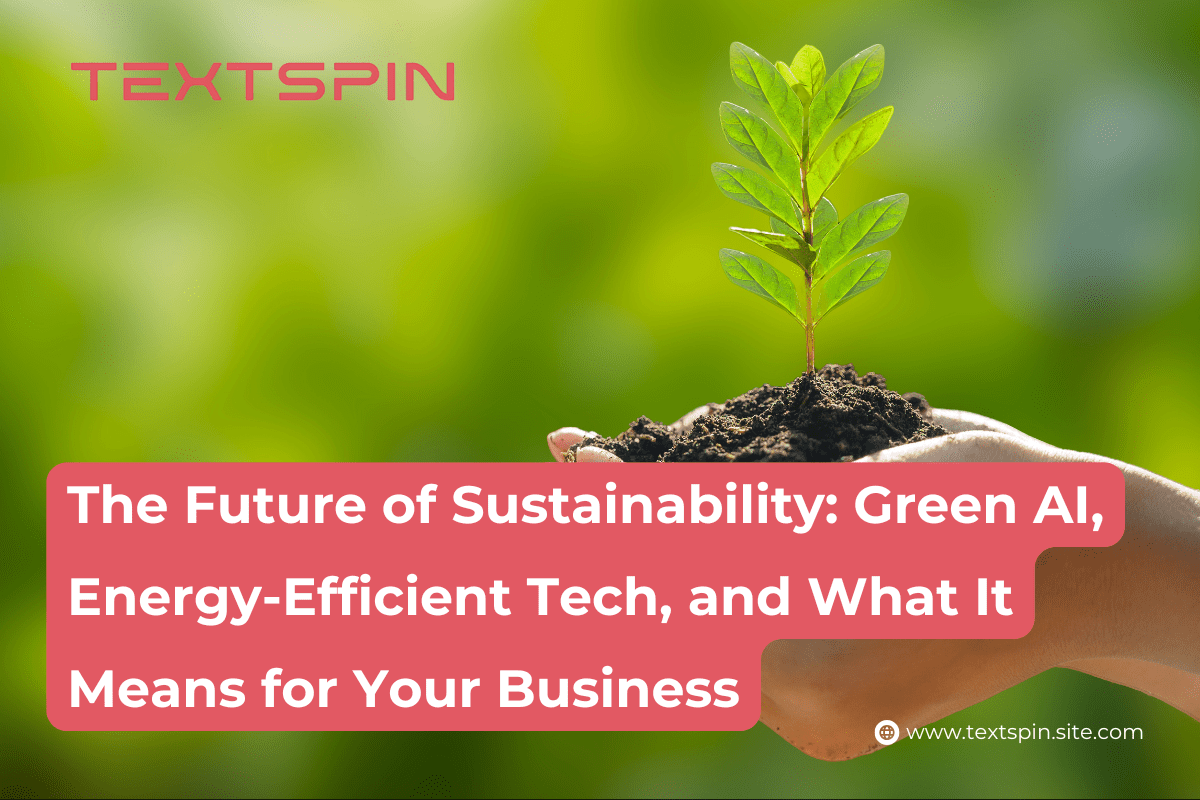
The Top Trends Shaping Business and Technology in 2025:
Every year, the intersection of business and technology evolves, but 2025 feels different. It’s a year where innovation is accelerating at breakneck speed, and the transformative forces at play are reshaping how businesses operate, connect, and compete. From revolutionary advancements in AI to sustainability-driven innovations, this is the year to keep your eyes wide open. Let’s dive deep into the key trends defining our future and unpack how they’re set to change the game for industries worldwide.

Artificial Intelligence: From Assistants to Autonomous Agents
AI isn’t just refining workflows in 2025; it’s reinventing the way we think about decision-making itself. The advent of Agentic AI—autonomous systems capable of executing complex tasks without human intervention—signals a massive shift. Imagine an AI agent not just responding to your queries but proactively analyzing your goals, predicting outcomes, and implementing strategies, all while you’re sipping your morning coffee.
Where It’s Taking Us
By 2028, a stunning 15% of day-to-day business decisions are projected to be made autonomously by these AI agents. Whether it’s optimizing supply chains, predicting customer churn, or triaging healthcare cases, Agentic AI is cutting through inefficiency like a hot knife through butter.
Take manufacturing, for instance. Autonomous AI systems are revolutionizing predictive maintenance, reducing downtime by preemptively identifying and resolving equipment failures. In logistics, we’re seeing AI agents dynamically rerouting shipments in real-time to avoid disruptions.
Cybersecurity Gets Smarter
AI isn’t just a driver of innovation—it’s the front line of defense. With AI in cybersecurity, companies are now detecting threats before they escalate. AI-driven tools are simulating cyberattacks to identify vulnerabilities, automating compliance audits, and responding to breaches faster than any human team could.
Pro tip for businesses: If your cybersecurity strategy doesn’t include AI by now, you’re already behind.
Quantum Computing: The New Frontier of Problem-Solving
Quantum computing isn’t science fiction anymore; it’s here, and it’s dazzling. Imagine solving equations that would take classical computers centuries in just minutes. That’s the promise of quantum computing, and it’s already reshaping fields like drug discovery, climate modeling, and supply chain logistics.
The Encryption Challenge
With great power comes great responsibility—or in this case, great risk. Quantum computing’s ability to break traditional encryption methods has thrown the cybersecurity world into high alert. Enter quantum-resistant cryptography, the next battleground for safeguarding sensitive information. Businesses relying on data security need to start exploring quantum-proof solutions today, not tomorrow.
Spatial Computing: Blurring the Lines Between Physical and Digital
While AR, VR, and mixed reality have been around for years, spatial computing is where these technologies converge to redefine how we interact with the digital world. Imagine standing in your living room and visualizing a 3D prototype of your next product, manipulating it with a wave of your hand. That’s the power of spatial computing.
Scaling the Market
With a projected market growth from $110 billion in 2023 to $1.7 trillion by 2033, spatial computing is poised to revolutionize industries ranging from education and retail to healthcare and real estate.
Case in point: Virtual home tours have become a staple for real estate companies. But now, spatial computing is enabling potential buyers to redesign spaces virtually, adding furniture, changing wall colors, or even experimenting with renovations—all before they’ve signed on the dotted line.
Sustainability: The Tech Industry’s Green Revolution
Sustainability isn’t just a checkbox—it’s a business imperative. In 2025, sustainable IT practices are setting the bar for eco-conscious operations. From cloud sustainability initiatives to energy-efficient computing, companies are actively reducing their environmental footprint.
Leading by Example
Take Google’s AI-driven cooling systems in their data centers. By optimizing power usage, they’ve slashed energy consumption without compromising performance. Microsoft, meanwhile, is doubling down on green data centers, making bold strides toward achieving carbon-negative operations.
Why This Matters: Sustainability isn’t just good PR—it’s cost-effective and customer-approved. Consumers want to support brands that align with their values, and businesses that ignore this trend risk losing both relevance and revenue.
Robotics and Automation: A Smarter Workforce
Robots in 2025 are no longer confined to single tasks. Enter polyfunctional robots, capable of adapting to a variety of roles, from precision assembly to warehouse logistics. By 2030, an estimated 80% of people will interact with these smart machines daily.
Smarter Manufacturing
In production lines, smart manufacturing powered by AI and robotics is eliminating inefficiencies and boosting precision. Think collaborative robots—or “cobots”—working alongside human employees, handling repetitive tasks while freeing workers to focus on higher-value activities.
What This Means for You: Automation isn’t here to replace people; it’s here to amplify their capabilities. Businesses that embrace this balance will thrive.
The Network Revolution: 5G and Edge Computing
Connectivity has always been critical, but with 5G and edge computing, we’re stepping into an era of unparalleled speed and reliability. These technologies are empowering businesses to deliver services with almost zero latency, especially in IoT-heavy industries.
Where It’s Happening
- Healthcare: Imagine real-time patient monitoring that doesn’t just alert doctors to emergencies but also recommends immediate interventions.
- Retail: Think instant inventory updates and automated checkouts powered by IoT sensors.
The Big Picture: Businesses leveraging 5G and edge computing are delivering seamless, hyper-connected experiences that redefine customer expectations.
Key Takeaways: How to Position Your Business for 2025
If there’s one thing 2025 is teaching us, it’s that standing still is not an option. Here’s how you can stay ahead:
- Invest in AI Wisely: From Agentic AI to cybersecurity, start integrating AI strategically into your workflows.
- Prioritize Sustainability: Whether it’s through green IT practices or energy-efficient computing, make sustainability a cornerstone of your operations.
- Embrace Emerging Tech: Explore spatial computing and quantum advancements to unlock new opportunities.
- Prepare for Change: Build flexible infrastructures and keep your teams trained on the latest innovations.
Final Thoughts from Ben
2025 is not just another year; it’s a turning point. The trends we’re witnessing today are more than fleeting innovations—they’re seismic shifts redefining how we work, connect, and grow. Whether you’re a startup founder looking to disrupt an industry or a seasoned executive steering a legacy business, this is your moment to harness the future.
Remember, innovation isn’t about having the latest tools—it’s about using them meaningfully. Let’s not just keep up with change; let’s lead it.
Here’s to a year of bold decisions and groundbreaking achievements.
– Ben Bianchi





